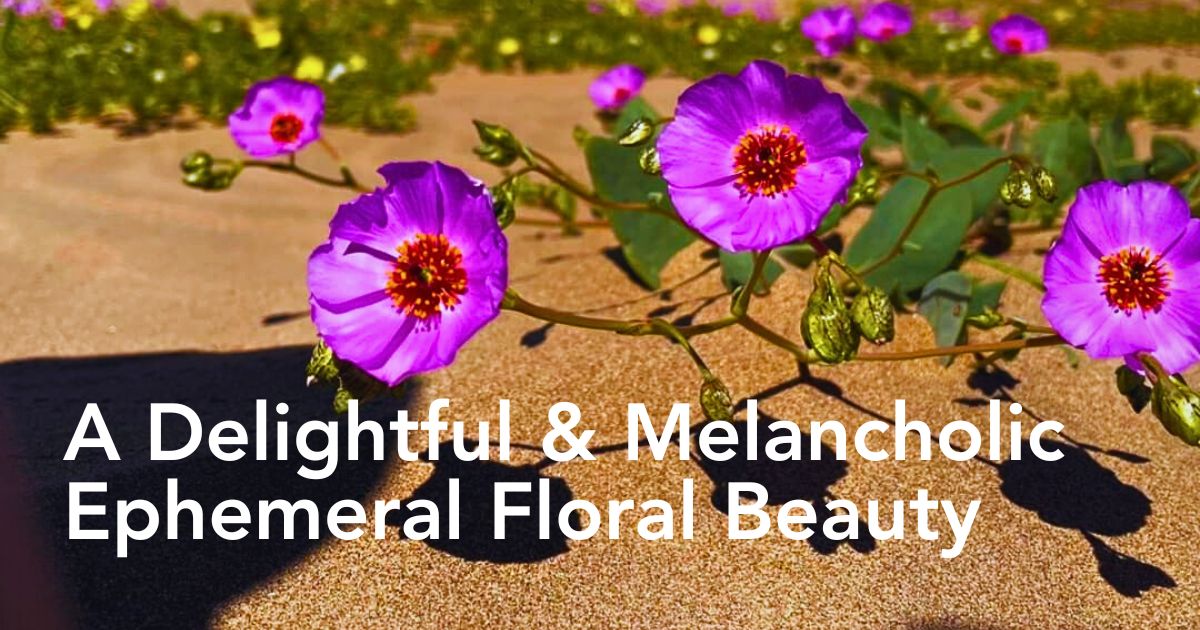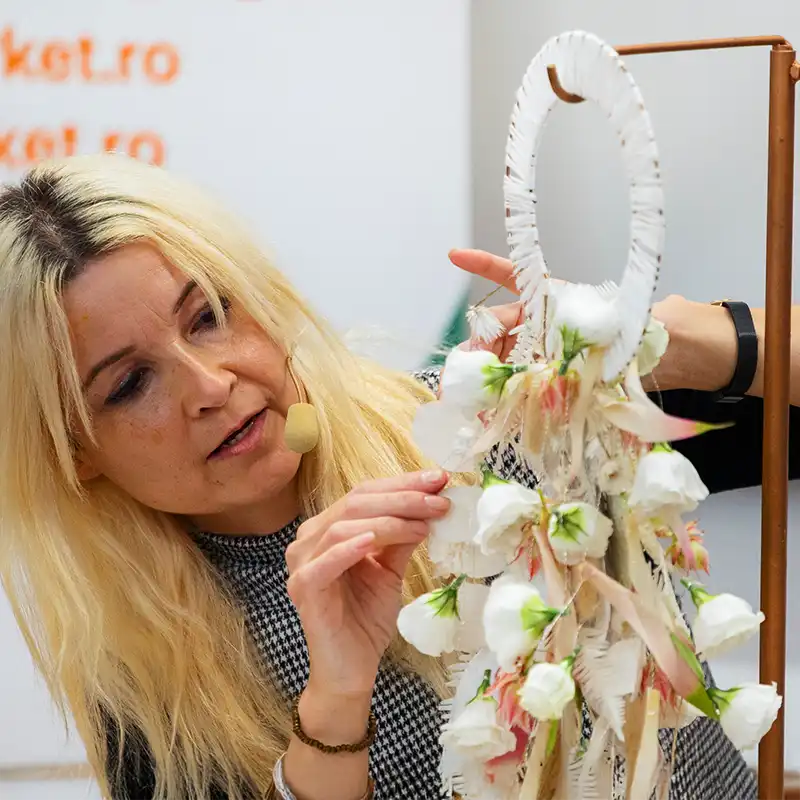Chile's Atacama Desert stretches along the country's northern coast for over 1,000 miles, pressed between the towering Andes and the Pacific Ocean. Some areas within this landscape have gone years, even decades, without recording any significant quantifiable rainfall. The desert is, often, a place of rust-colored stones, salt-crusted valleys, and mountains rising like ancient sentinels over land where rain is just a rumor.
While these conditions have earned it a reputation as Earth's driest non-polar desert, the past few months have been quite different. Between July and August, winter storms delivered some rain to certain areas, with some locations receiving up to 60mm in just a few weeks. Within weeks of those few drops, the flowers arrived.
A Landscape Transformed by Wildflowers
Locals call it ‘Desierto Florido’ or the flowering desert. This phenomenon typically occurs every five to eight years, though climate patterns are making predictions increasingly difficult. When conditions align perfectly—when winter rains arrive at just the right time, followed by mild spring temperatures—the Atacama undergoes one of nature's most floral makeovers.
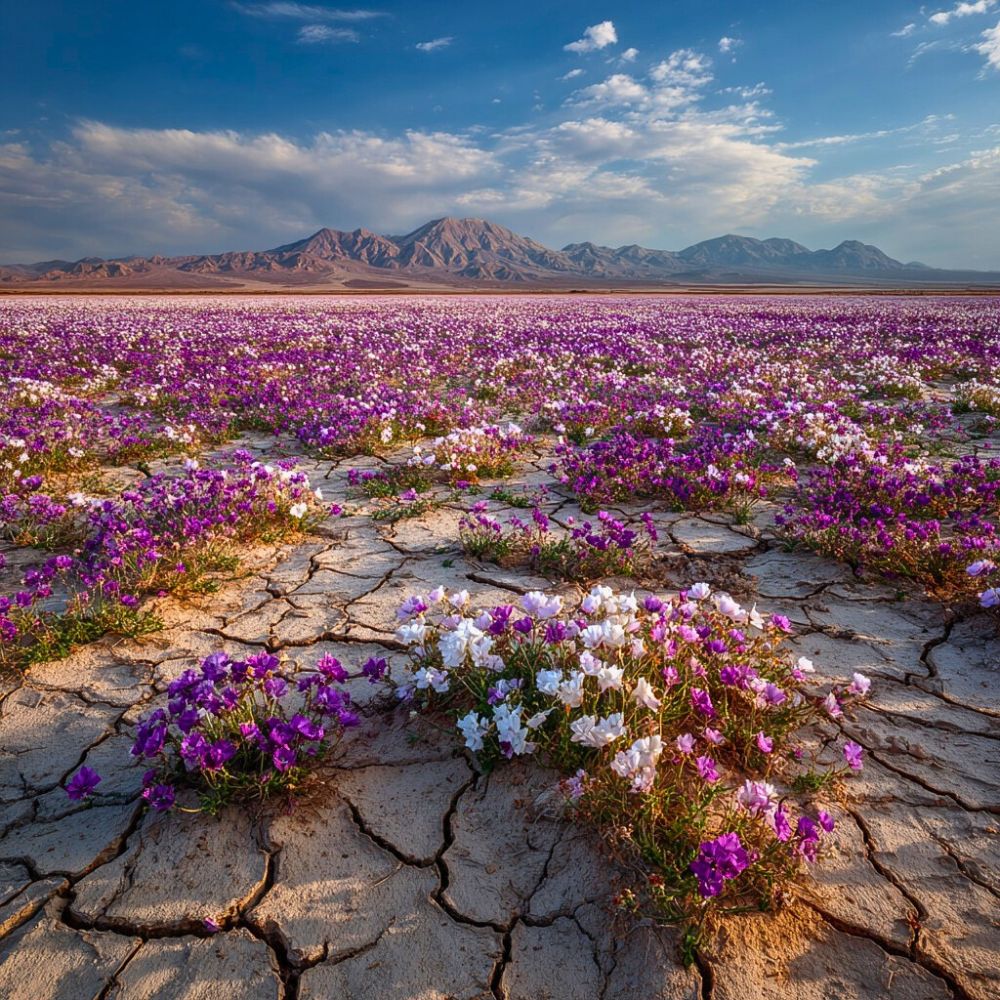
This year's display consists of more than 200 different species of wildflowers, some of which grow nowhere else in the world. Pink El Añañucas create vast carpets that look almost artificial in their intensity. Yellow malva (Pavonia sepium or wild mallow) flowers dot the landscape like scattered sunlight. Purple and violet blossoms form dense mats across hillsides. White wildflowers provide contrast, making the whole scene ethereal.
But the vastness of the spectacle is, perhaps, what takes one's breath away. It is not just about scattered patches of color here and there, but rather swaths of desert floor completely covered in flowers—so extensive that some say it is visible from space. The phenomenon attracts tourists and scientists to witness this fleeting spectacle, which typically occurs between the end of August and November.
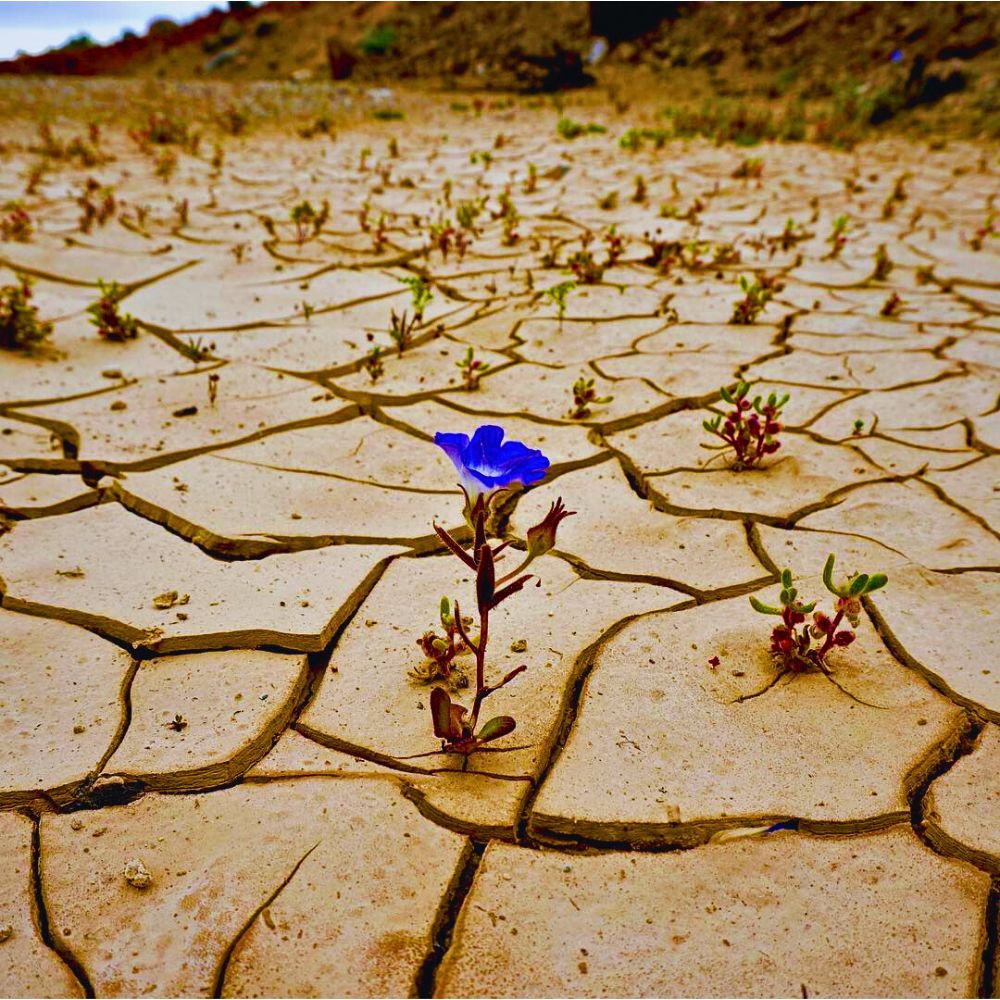
A Variety of Floral Survivors
Among the 200-plus species that participate, certain stars steal the show. El Añañuca produces striking pink to red star-shaped flowers that often dominate photographs of the spectacle. These bulb plants are particularly well-adapted to long dormancy periods, storing energy underground while they wait for favorable conditions.
Cistanthe longiscapa, which Chileans affectionately call ‘pata de guanaco’ or guanaco's paw, is named for its resemblance to the footprint of the desert-dwelling camelid and creates dense pink carpets across the desert floor. This season, fuchsia Cistanthe flowers particularly changed the landscape, creating scenes so vivid they seemed unreal. Walking through fields of pata de guanaco in full display feels otherworldly as the flowers carpet entire hillsides, creating waves of color that shift with the wind and light.
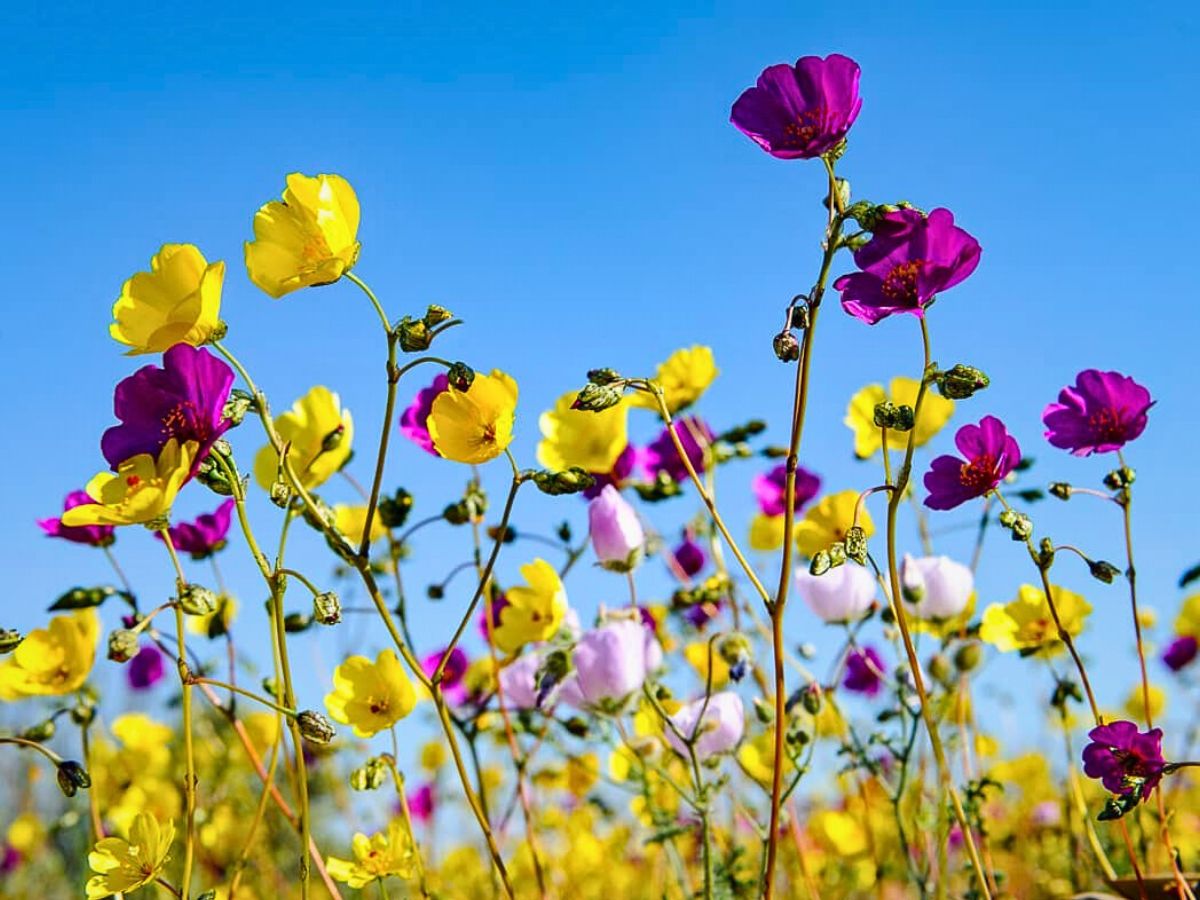
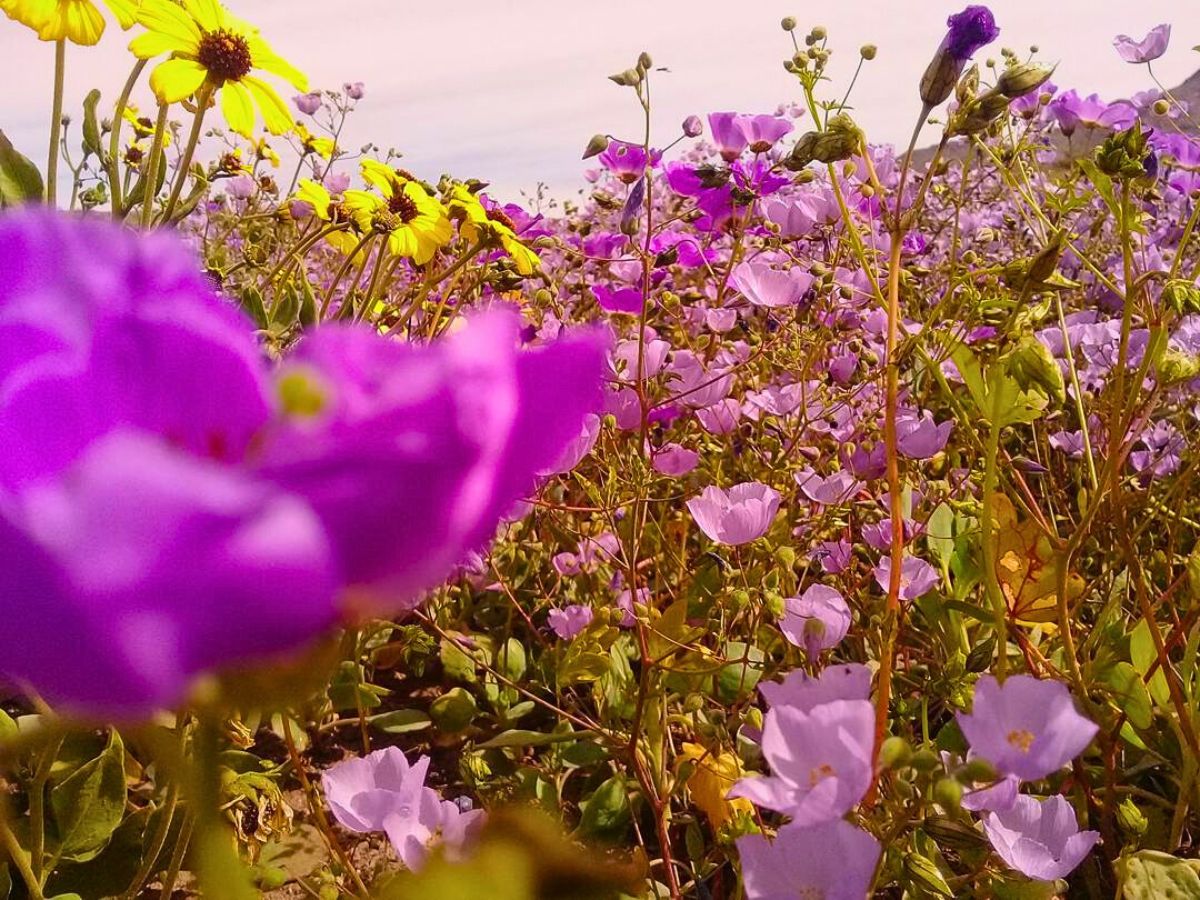
Science of Desert Patience and These Flowers’ Survival
So how does the driest place on Earth suddenly burst into such exuberant life? Patience and equally great timing. These desert plants here have evolved survival strategies that seem almost impossibly clever. Their seeds can lie dormant in the soil for years—sometimes decades—waiting for exactly the right conditions.
They hardly just germinate after any decent rain, but are rather selective, requiring a specific combination of moisture, temperature, and timing before they wake up. When the winter rains came, they stripped the protective coat from dormant seeds, which led to their blossoming. But they need enough moisture to ensure they have time to complete their entire lifecycle—germinating, growing, flowering, and producing the next generation of seeds—before the desert returns to its punishing dryness.
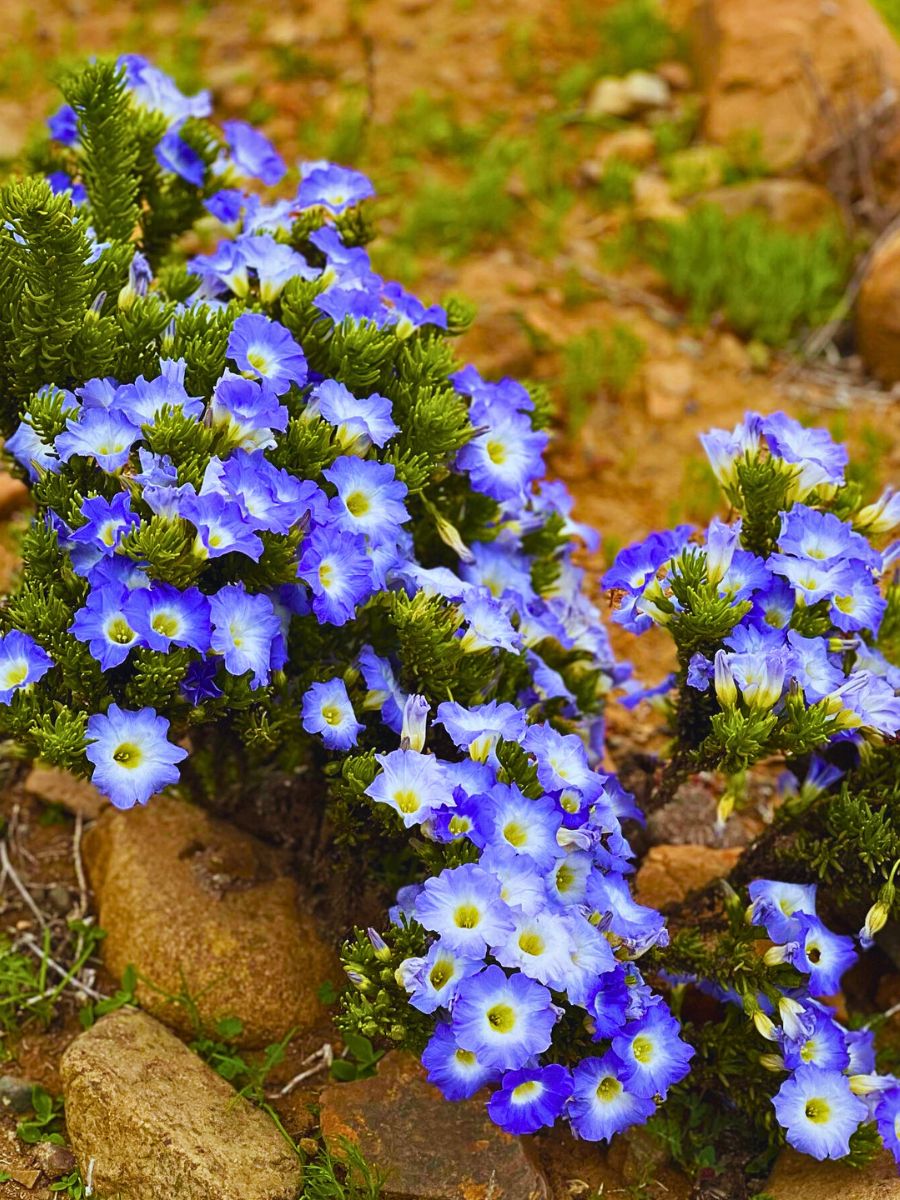
Temperature matters too. The spring weather needs to be mild—warm enough to encourage growth but not so hot that it scorches the tender seedlings before they establish themselves. This explains why the flowering doesn't happen every year, despite occasional rainfall. The phenomenon typically requires a minimum of 15 millimeters of water accumulation before germination can begin, and experts described 2025 as Atacama's wettest in recent memory.
So, to explain the science behind these flowers' survival: under stress from drought, intense sunlight, or salinity, the Cistanthe longiscapa, in particular, activates a water-saving method known as Crassulacean Acid Metabolism (CAM photosynthesis), and when conditions improve, they revert to the more common C3 photosynthesis.
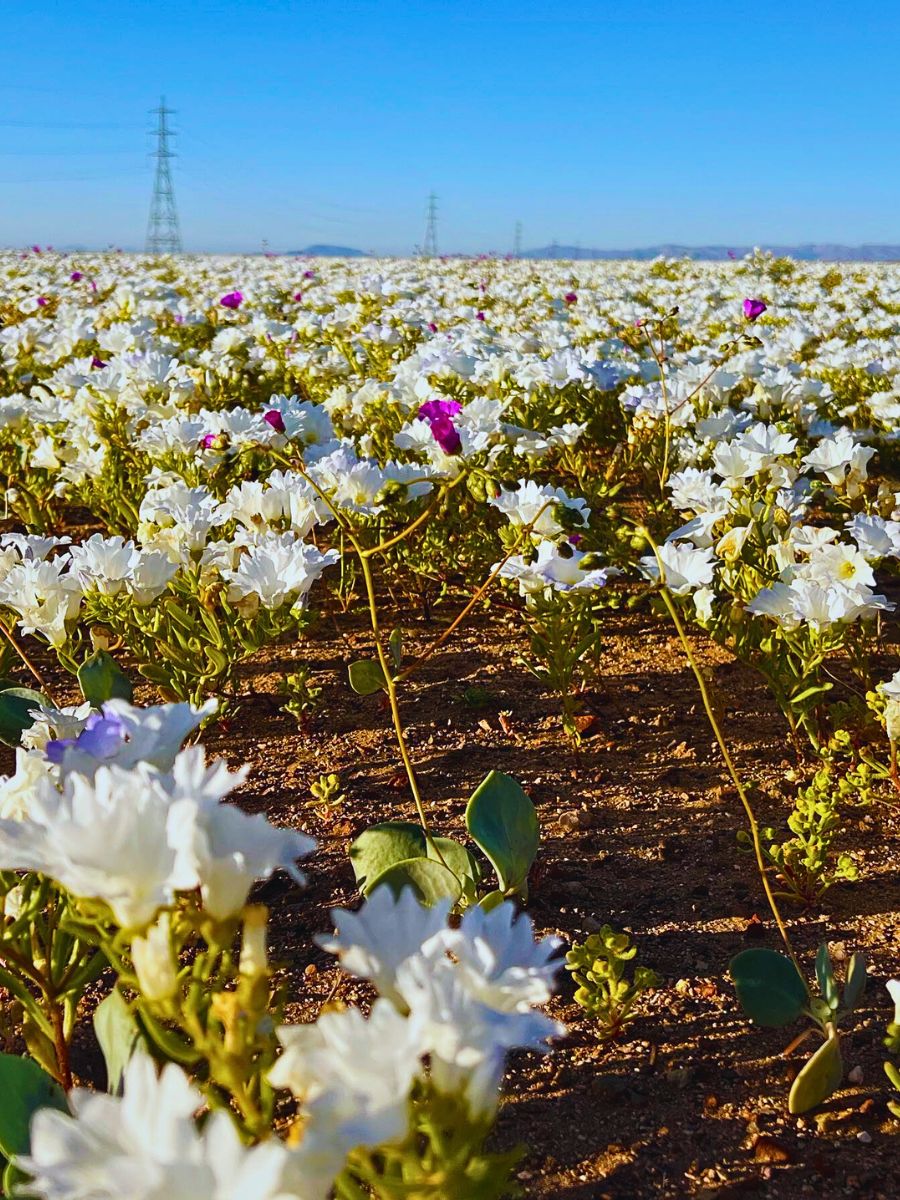
This ability to switch between two different ways of processing light and carbon dioxide is exceptionally rare in the plant kingdom. Most plants are locked into one photosynthetic pathway for their entire lives, but pata de guanaco moves between them much like a bilingual speaker effortlessly switching languages.
Plants using CAM photosynthesis open their stomata only at night when temperatures are cooler and water loss through evaporation is minimal. They store carbon dioxide overnight and process it during the day with their stomata closed, reducing water loss. It is an elegant adaptation, but it comes with a trade-off in that it is less efficient at producing energy than the standard C3 pathway that most plants use.
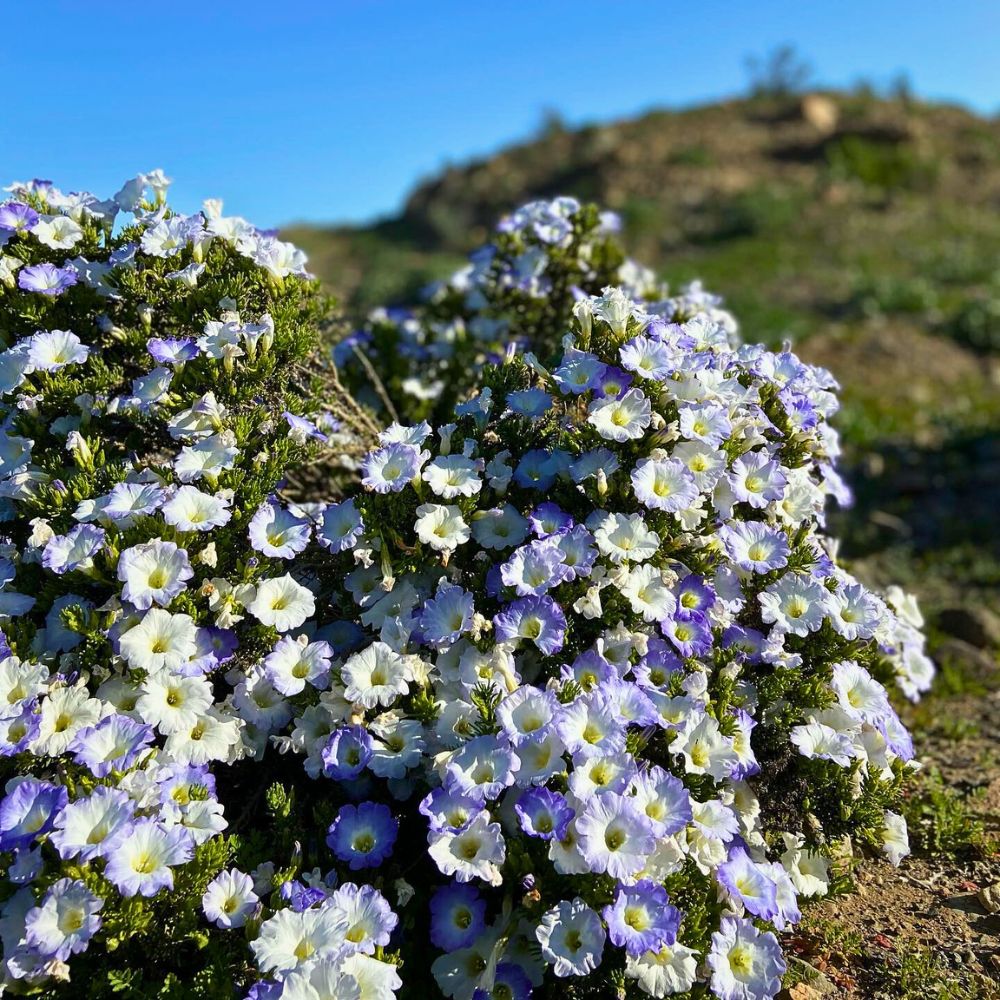
But Cistanthe longiscapa refuses to be limited by this trade-off. When water is available and conditions are favorable, it switches back to C3 photosynthesis, maximizing its growth during the brief window when the desert becomes hospitable—its survival strategy honed over ages of dealing with one of Earth's most unforgiving environments.
Insights From This Desert’s Window That Doesn’t Stay Open Long
For growers, gardeners, and plant scientists, the Atacama's flowering offers valuable insights. These plants understand survival in one of Earth's most hostile environments, and their strategies could inform how people approach plant cultivation amid growing climate uncertainty.
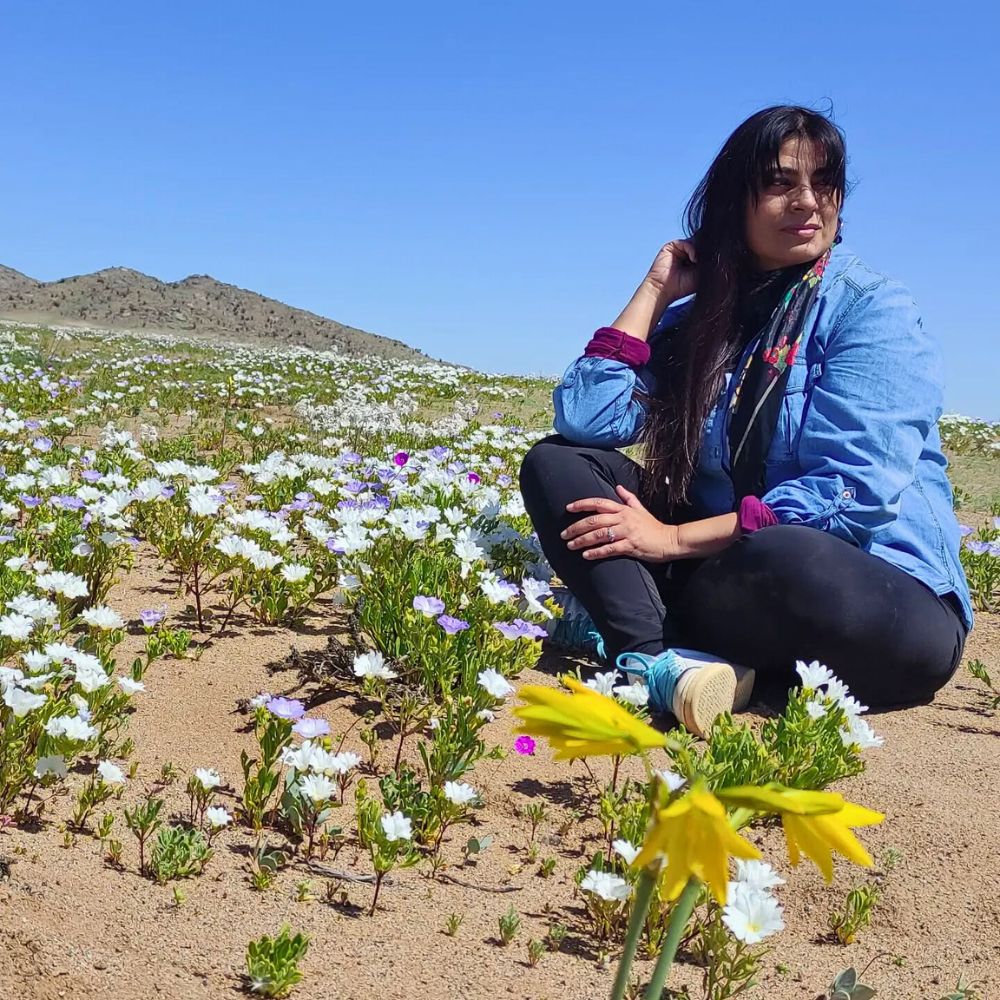
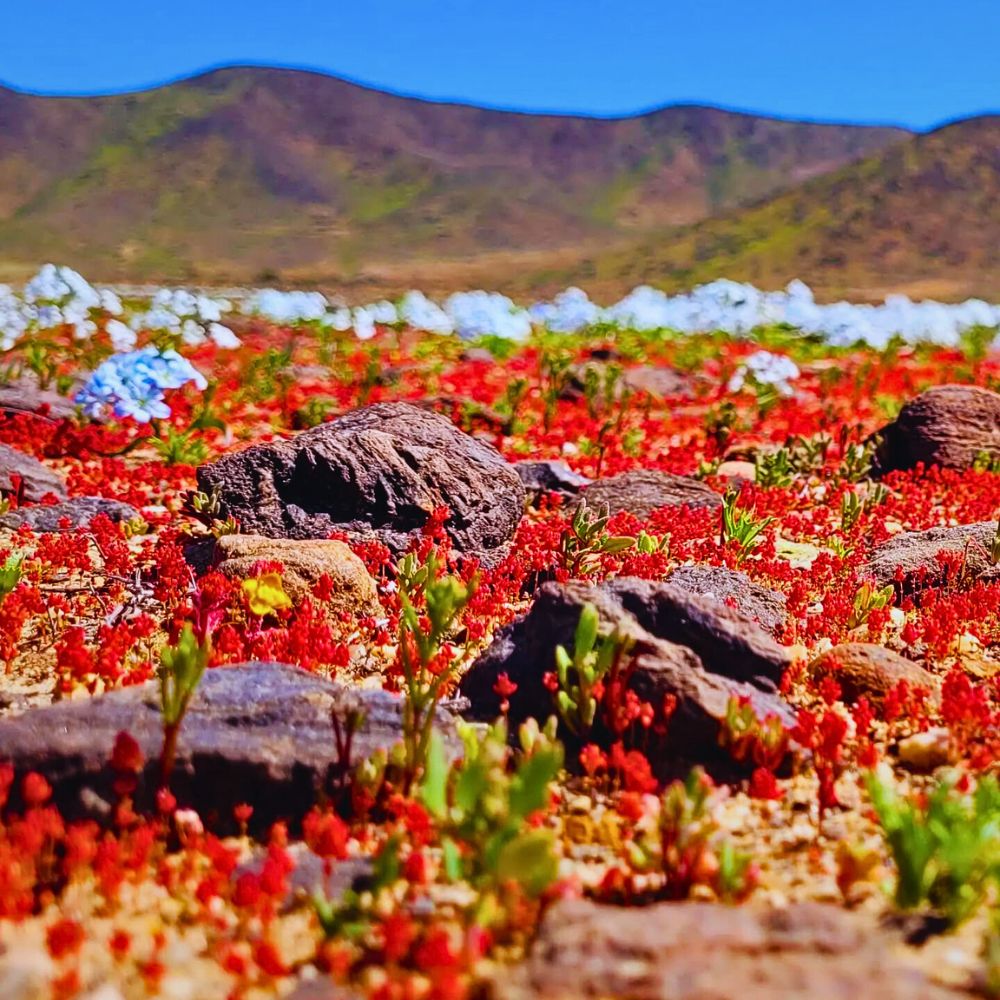
Scientists have successfully identified genes in some desert species that help them manage water more efficiently, and early experiments in transferring these traits to other crops have shown promise. The pata de guanaco's photosynthetic flexibility, however, offers a more complex adaptation than most researchers have seen, potentially offering a more insightful solution to agricultural water stress.
The flowering desert also provides insights for understanding plant resilience more widely. As climate scientists warn of increasing drought frequency and severity, the lessons hidden in these flowers’ genes are more valuable each passing year. This small pink flower, blooming briefly in a place that seems designed to prevent life, may hold keys to successful plant and agricultural production for the future.
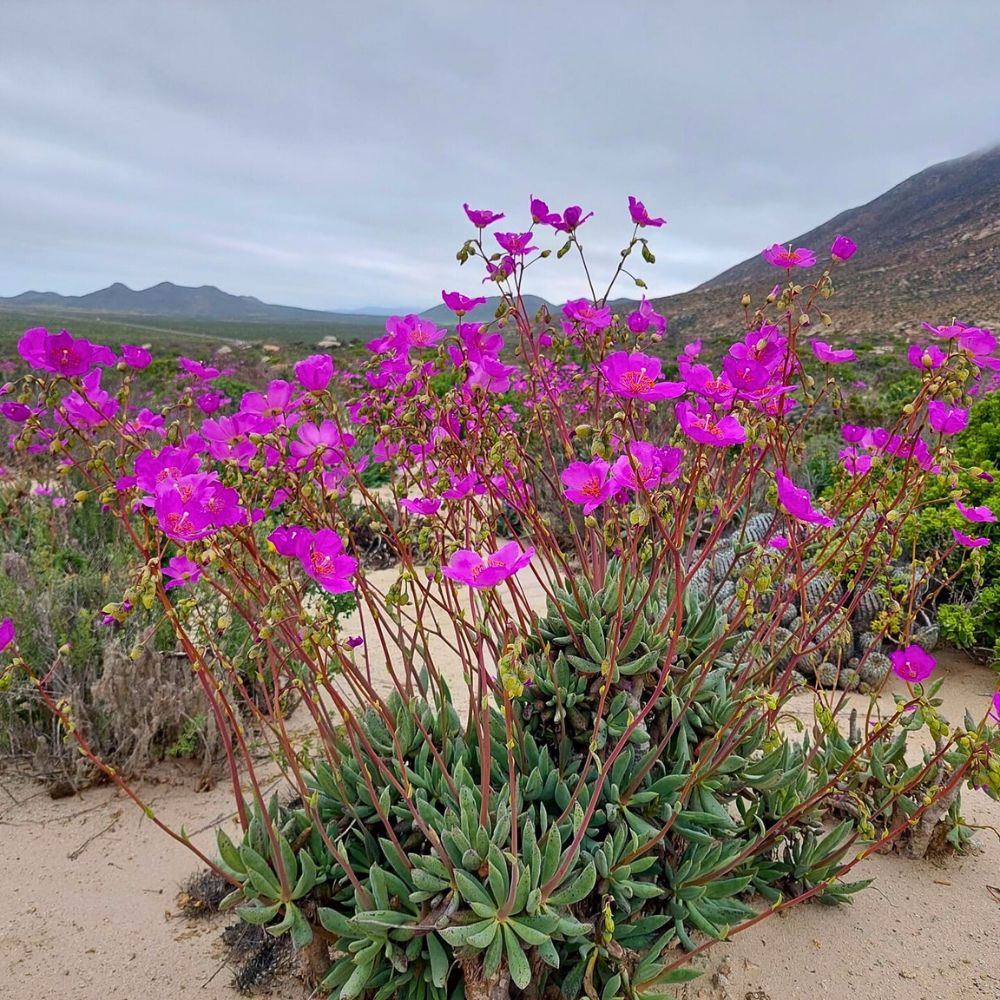
This year's Desierto Florido display peaks for only a few weeks, then most of the flowers will have completed their lifecycle, dropped their seeds, and disappeared back into the soil to wait for the next perfect moment, which could be next year, or five years from now, or longer. Come to think of it, there is something both delightful and melancholic about such ephemeral floral beauty.
Feature image by @mpvieyts. Header image by @fabisolefood.

